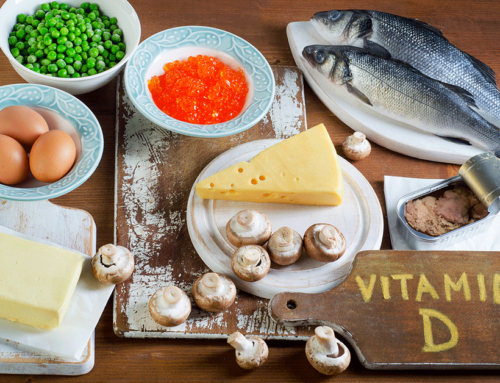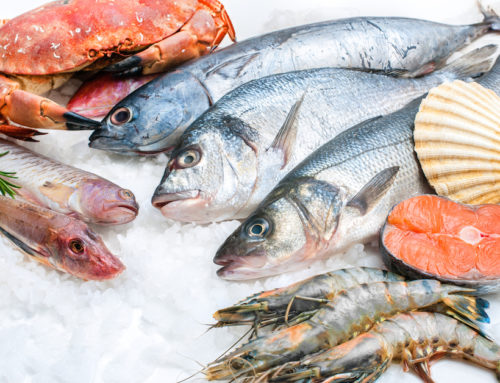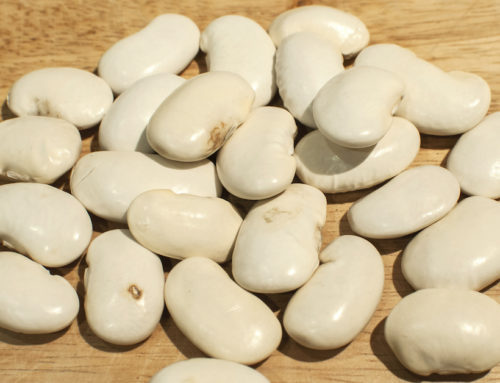If you feel like a large part of your life is out of balance, your waistline is too big, your thinking and memory are not as sharp as you’d like, and your foods are unsatisfying, some researchers believe all these factors are connected to one another. In fact, you probably can fix them fairly easily with adjustments to your daily routine.
Now, you can probably sense another lecture coming about losing weight and cutting calories. You’re right – but it comes with a couple of “sweeteners” (if I can use that word), to make it easier AND give you a powerful reason to do it. . .
Scientists think that because our brain development was designed for the kind of lifestyle and food selection people had 20,000 years ago, our bodies, brains and diets are mismatched in ways that harm both our physiology and cognitive powers.
But they see a way out by making straightforward shifts in the foods we choose to eat. Some of these scientists are convinced that these improvements can conquer two widespread modern afflictions: our bulging waistlines and our shrinking brains. And it’s the degeneration in brain tissue that leaves us vulnerable to problems like Alzheimer’s disease.
Brain-Saving Food Ideas
The primary strategy many researchers embrace is simply to eat less food and cut calories while increasing the nutritional density of the foods we eat. They urge more fruits and vegetables, fewer factory-made, refined-carbohydrate snacks like potato chips or cookies. The latter are loaded with calories but light on vitamins, minerals and other nutrients.
This advice isn’t new, but what IS new is the linkage to shrinkage (of your brain, that is).
According to research performed in Italy, our surfeit of calories speeds up brain aging while adding unwanted pounds of body fat. Their lab research shows that easing back on calories stimulates the release of a molecule called CREB1i. CREB1 increases the expression of genes connected to extended life expectancy and better brain function.
When researchers at the Catholic University of the Sacred Heart in Rome fed lab animals only 70 percent of the calories they normally eat, the animals lived longer and had brains that aged more slowly. The scientists point out that CREB1 has been shown to regulate vital brain functions like memory, learning and anxiety control. Normally, its activity declines with aging and it is physiologically stymied as you grow older.
“Thus, our findings identify… an important mediator of the effects of diet on the brain,” says researcher Pani Giovambattista. “This discovery has important implications to develop future therapies to keep our brain young and prevent brain degeneration and the aging process. In addition, our study sheds light on the correlation among metabolic diseases such as diabetes and obesity and the decline in cognitive activities.”
Calories Down, Nutrients Up
Our predilection for overeating, according to George Armelagos, an anthropologist at Emory University, derives from the fact that we’ve evolved large, calorie-demanding brains and short digestive systems that weren’t designed to cope with processed food.
“Our evolutionary history has given us a brain that is focused much of the time on eating, and a gut that isn’t designed for today’s variety and volume of (calorically) high-density food,” Armelagos says.
Armelagos believes that our digestive systems are small in order to save energy and make the body’s resources more available to our complex brains. And those evolutionary developments have long been built into our DNA. As he puts it, “Our cravings for certain foods don’t go back just a few years, or even 10,000 years, but more than a million years.”
In his view, the brain’s neocortex originally was designed to effectively understand how to seek edible plants and animals. But as time went on, the brain, which only takes up about 2 percent of the body’s weight, developed into an almost insatiable organ that devours 20 percent of the body’s energy production.
“The expensive-tissue hypothesis argues that our big brains are fueled by the energy saved by our having a smaller stomach and shorter large intestines,” Armelagos says.
Fixing the Body and Brain
To overcome this “imbalance,” Armelagos advocates eating more fruits and vegetables and nuts as well as grass fed meat (containing healthier fat than meat sold in most groceries). He argues against eating the highly processed foods that we find so irresistible.
“Industrialization of the food system has made an overwhelming abundance of inexpensive, high-energy-dense foods—sugar and fats—available to populations in some areas of the world,” he writes in a report published in the Journal of Anthropological Researchii. “The disjunction between the small amount of physical energy they expend to obtain significant numbers of calories has created the modern obesity epidemic.”
The advice is clear: Offset these evolutionary mismatches by cutting calories and eliminating processed food. Follow this dietary path and you can take care of two problems at the same time: shed pounds and protect your brain as you age.
Can you do it? Yes. Does it take some willpower? Yes. I started shifting to fruits, vegetables and nuts years ago – without giving up “comfort foods” entirely. But recently I kicked it up a notch because my waistline stubbornly continued to expand.
I now have one carb-free meal a day or two meals with a half-portion of carbs (compared to what I used to eat). It’s been easier than I expected. The high-fat nuts and generous portions of vegetables are satisfying and I don’t feel hungry. The waistline is slowly getting smaller.
A couple of things that have helped me: I simply don’t keep certain foods like ice cream in the house. If they’re not there, you can’t eat them. Second, make use of the “ten minute delay.” I’ve found the craving for carbs – the craving for more in general — is partly sheer habit. If I tell myself, “I’m going to wait ten minutes and see if I’m still hungry” – I nearly always find I’m not. I feel satisfied. That’s about how much time it takes your brain to get the message you’ve had enough.







